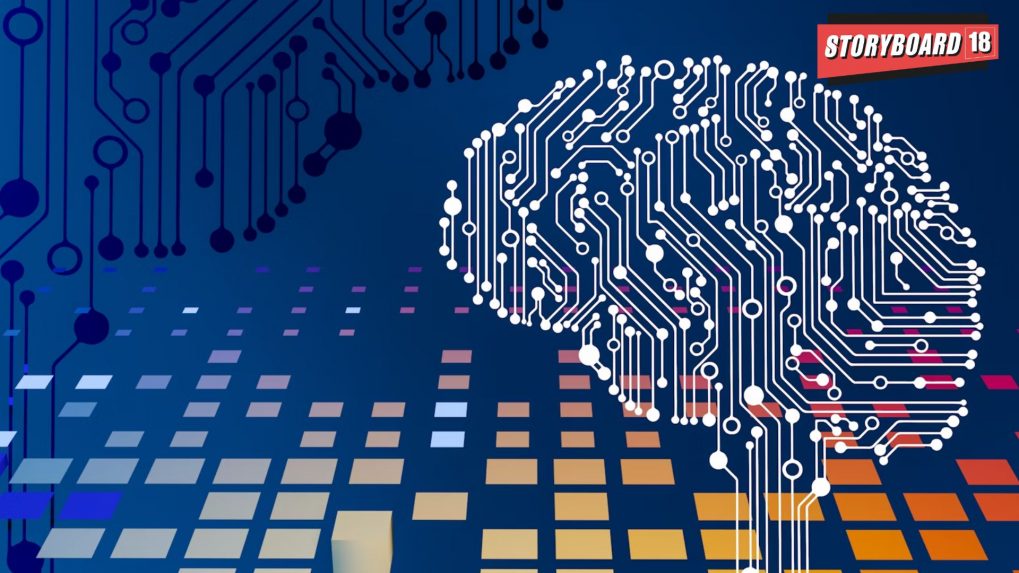Amid AI upheaval, advertising leaders seek balance between talent and technology
As AI-driven layoffs ripple through the tech sector, advertising leaders say embracing AI alongside skilled talent, not fearing it, is key to staying ahead.
ADVERTISEMENT
Since the start of 2025, the technology sector has faced waves of layoffs driven by the acceleration of artificial intelligence, with major firms reducing headcounts in pursuit of efficiency. The advertising industry has watched these developments closely. Since discussions around generative AI began dominating agency boardrooms in 2023 and 2024, concerns have persisted that advanced automation could replace creative and operational roles.
Today, those concerns remain, but industry leaders argue that the conversation needs to evolve.
“The right lens to look at it is, ‘How do we upgrade our people to do better quality work and increase their output through the appropriate use of available technology?’,” said Ashish Bhasin, founder of The Bhasin Consulting Group.
Amitesh Rao, CEO of Leo, and Anil Nair, co-founder of Glassbox Ventures and former CEO of VML, echoed Bhasin’s view. Rao described AI as an enabler that can enhance creativity rather than diminish it, adding new dimensions to the creative process.
AI, they argue, plays two roles: supporting the creative workforce while freeing up talent and resources to focus on strategic thinking. “In the old world, we relied on market research, consumer interviews, our own intuition, knowledge and experience to find the right input in order to think creatively. And, AI is giving us that swiftly. Hence, it opens up so many more possibilities from where creative thinking can springboard from,” Rao said.
Brands in India have already explored AI’s creative potential. In 2023, Nihilent Limited used generative AI to create a version of India’s national anthem with cloned voices, while companies such as Zomato, Britannia, and Shaadi.com have deployed AI to shape their messaging.
“The actual impact of AI is not whether people are individually adapting to it, but whether organisations have adopted it, are adapting to it, whether it is making a difference to businesses, and is bringing the required productivity to the companies,” said KV Sridhar, global chief creative officer at Nihilent Limited.
Will AI Replace Talent?
Bhasin cautioned that even as automation grows, it cannot replace the need for strong talent in the industry. “For the effective use of AI, there is a necessity for good talent,” he noted, pointing out that while Leo and its holding company Publicis have invested heavily in AI, the agency group has also continued to expand its talent base.
Rao anticipates significant shifts in talent structures within the industry. “We're not going to have a lot of full-time talent. That's the reality of it. The gig economy is a real thing,” he said.
Nair emphasized the need for agencies to retool their structures to coexist with AI, enabling them to move up the value chain and command premiums for strategic ideation. “The beauty here is that AI is still learning. And, as it grows and there are more use cases, even AI will try to move up the value chain,” he said.
Certain roles, however, may face the risk of redundancy. Bhasin expects media operations and support roles in creative and client servicing to be the first affected, followed by functions in finance, human resources, and legal.
Nair added that while planners, strategists, and designers may be insulated to some extent, roles that depend on speed and scale will be more vulnerable. He noted that the rapid evolution of large language models could further reshape existing structures.
Sridhar predicted that the mechanical functions of advertising—such as account planning, research, media buying, and data analytics—will see significant AI disruption. Yet, he stressed the continued importance of human oversight: “One needs talent with the required skills and imagination to command in order to obtain the desired output from AI.”
Drawing parallels with the introduction of computers in India’s banking sector, Sridhar suggested that while fears of job loss are understandable, adaptation could ultimately generate new opportunities. “How different is the scenario today? The world has comfortably adjusted to it, and a lot more jobs have been created,” he said.
For some in the industry, this adjustment is already underway. Satyabrata Das, chief alliance officer at Laqshya Media Group, recounted the experience of a media planner at GroupM who began learning AI after losing his job. Das noted that as tools like ChatGPT, Midjourney, and Canva AI become ubiquitous, companies are urging employees to develop proficiency, giving them timelines to adapt.
“Moving into the future, we will have AI curators (merger of two disciplines). Art designers in the creative team will be called conversational designers. If I'm going to hire a professional who will look after my consumer profiling, he will be called the synthetic media lead,” Das said.
“Moving forward, AI will become a very important tool for advertising people in all fields of advertising, provided we are able to upgrade, upscale and train our people to use it properly,” Bhasin added.
Still, Sridhar predicted that the immediate impact of AI on advertising and marketing functions may remain muted for the next 18 months, citing the need for enterprise-level adoption and structural recalibration among agencies.
“There will be winners and losers,” Bhasin concluded. “Those who invest early in AI and genuinely start adopting it beyond client presentations will be in the former category.”
Read More: This new executive role could decide the future of your company

